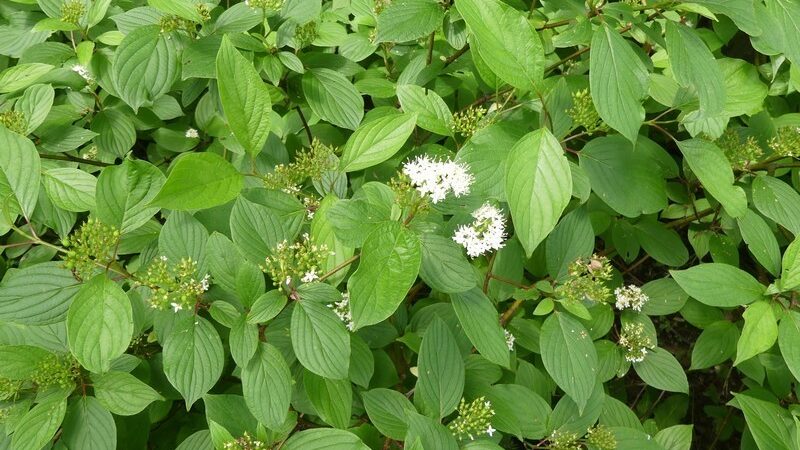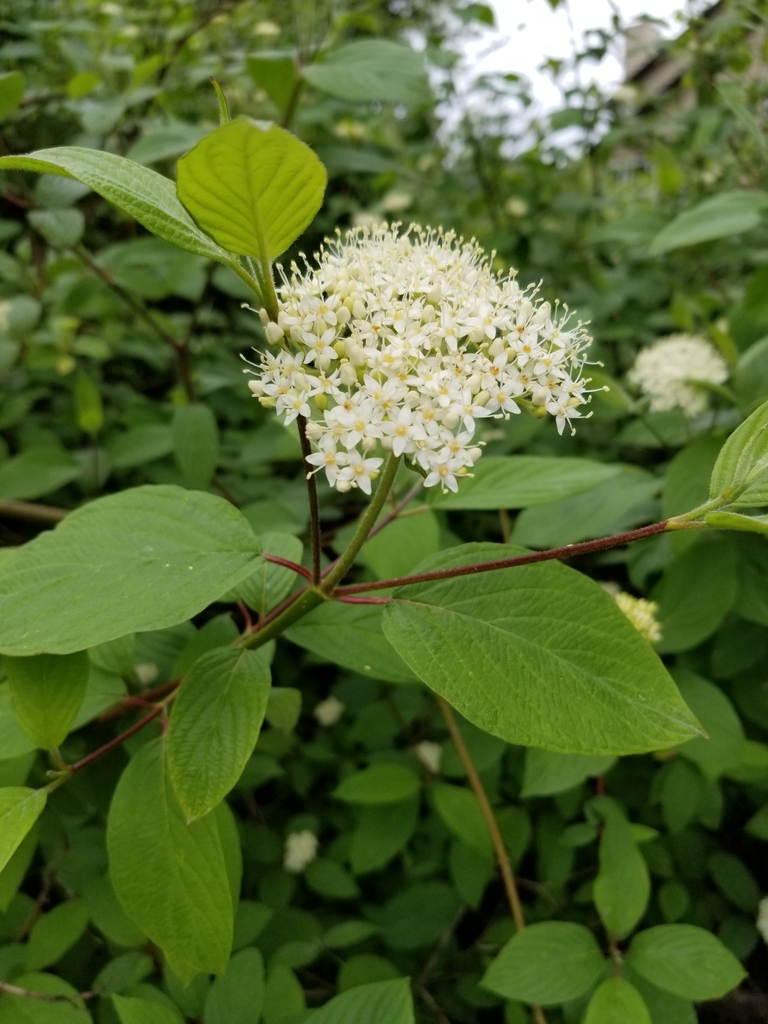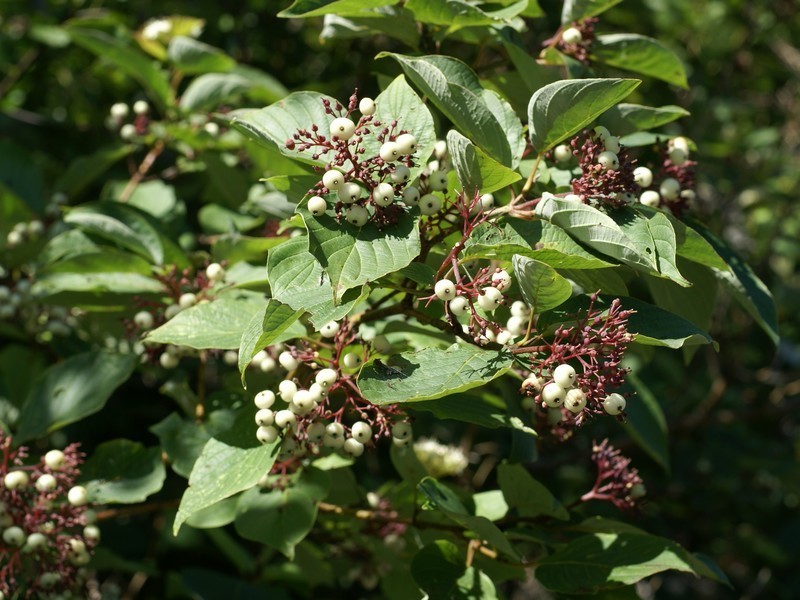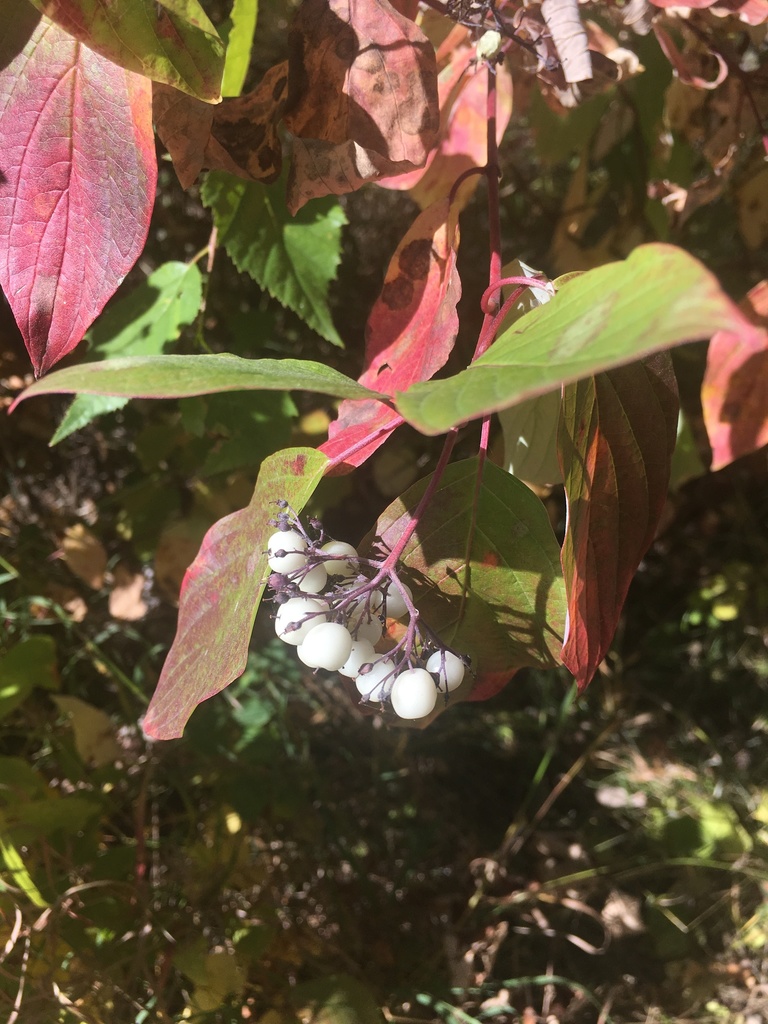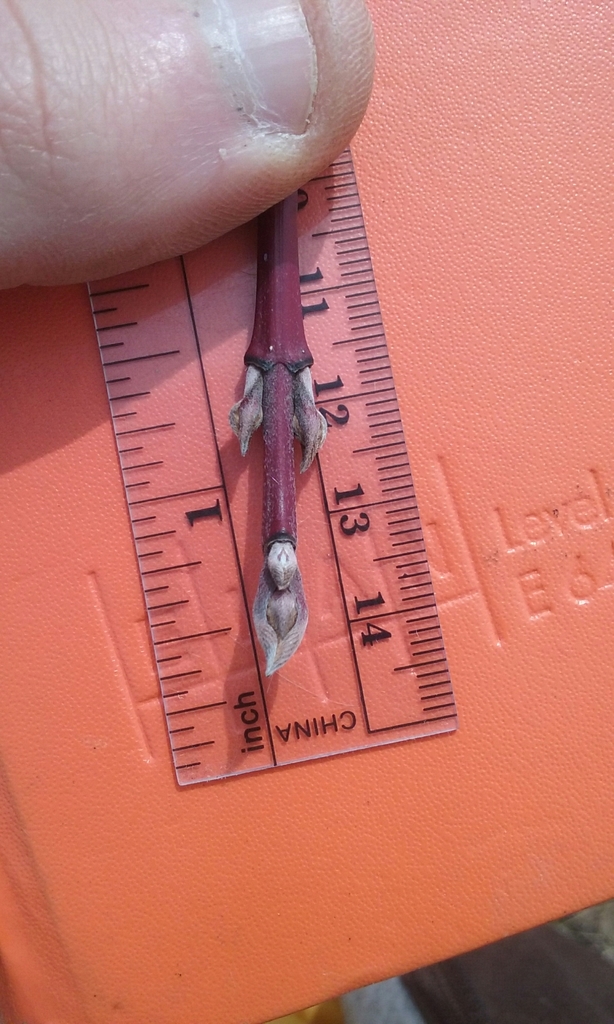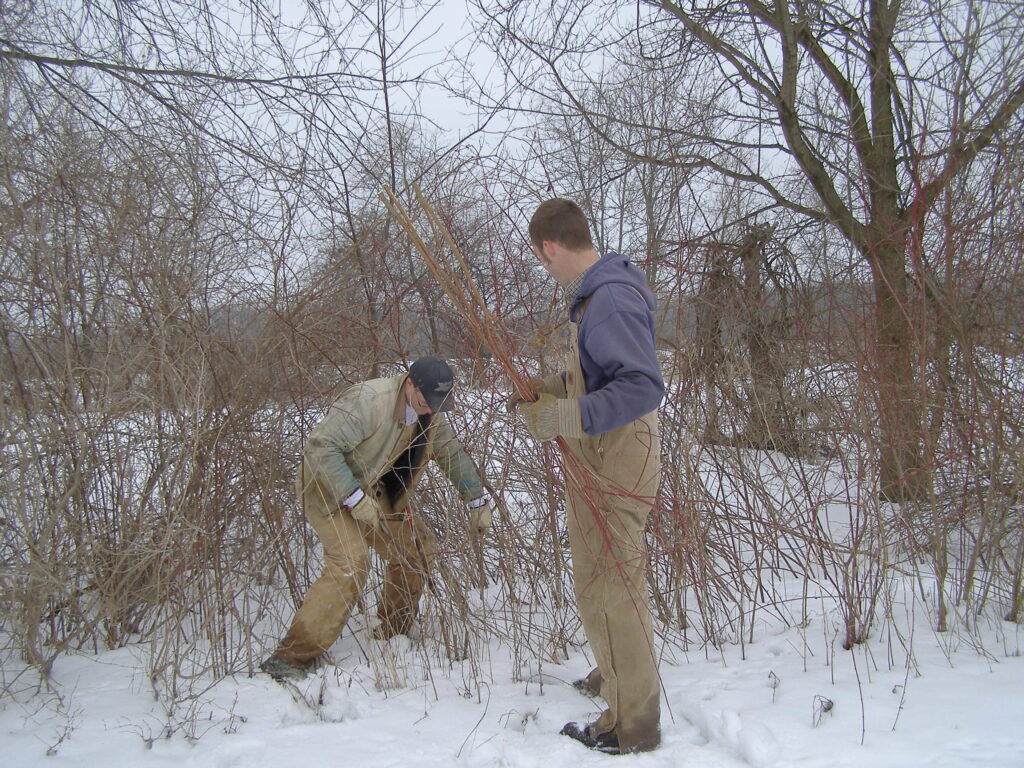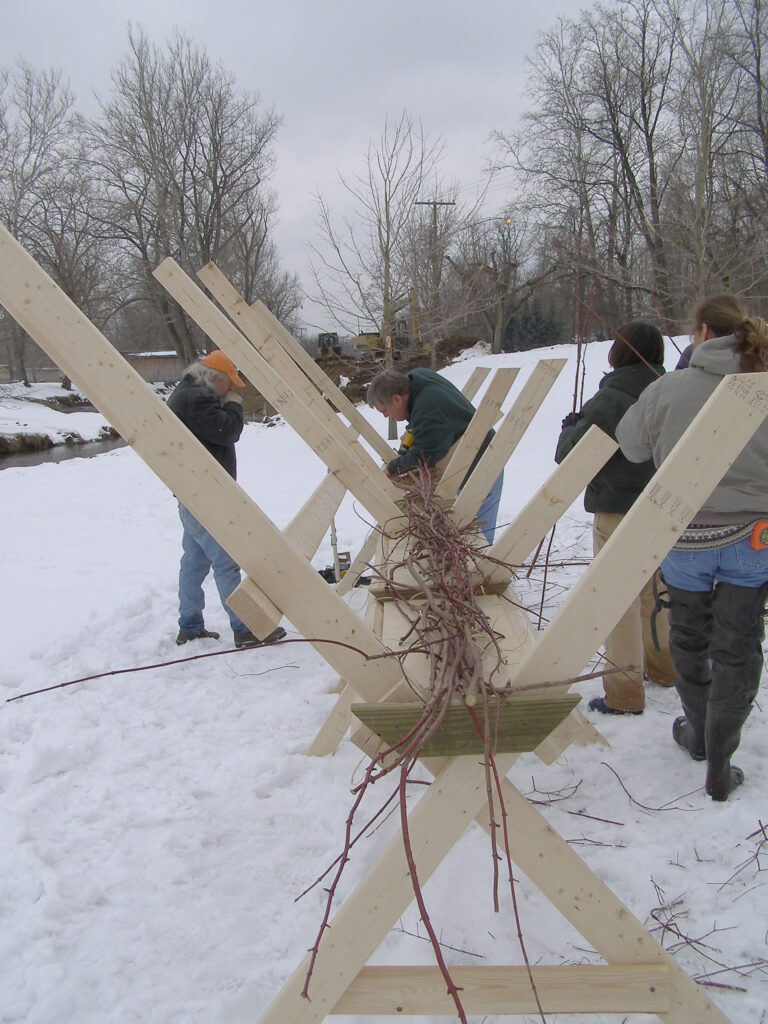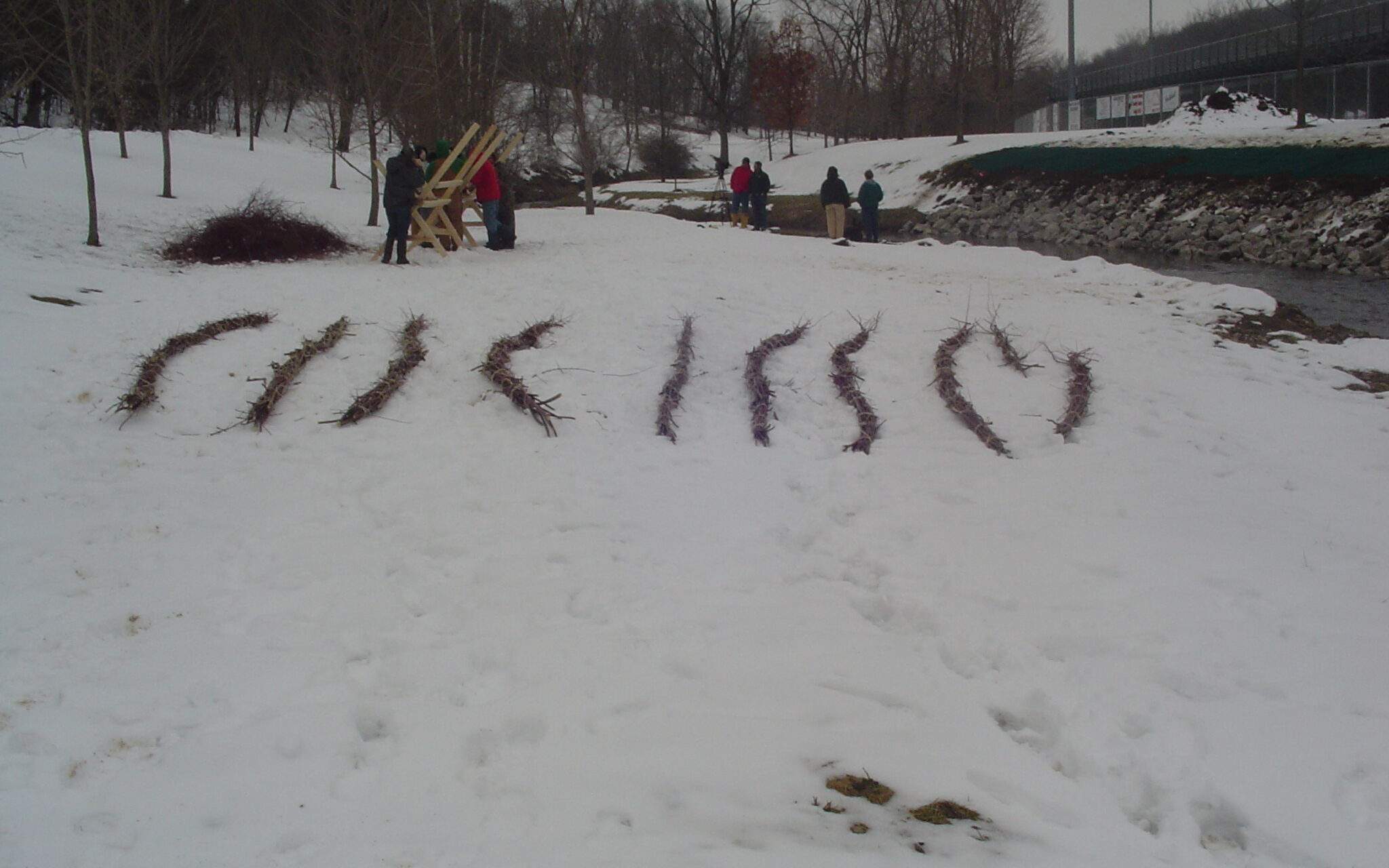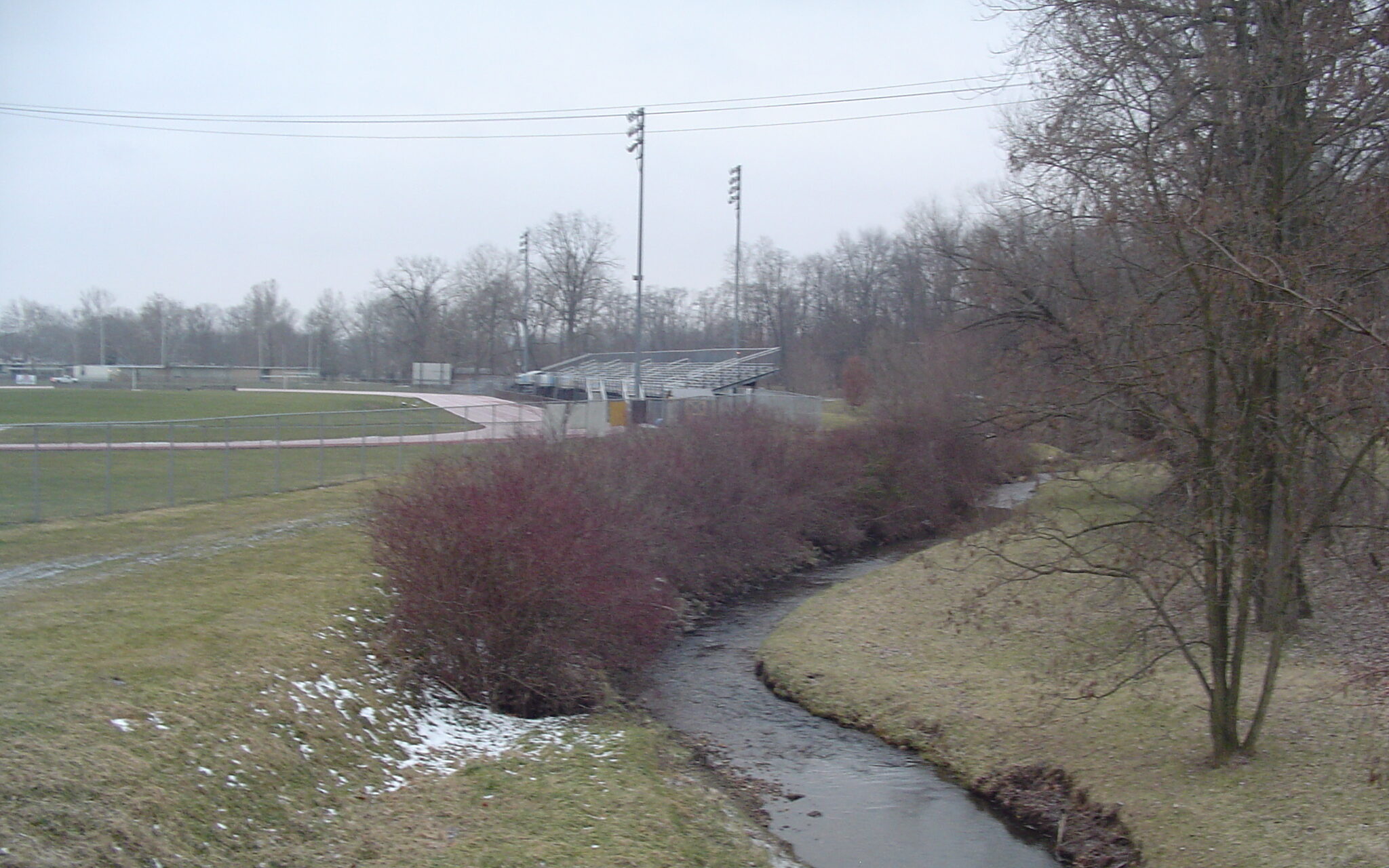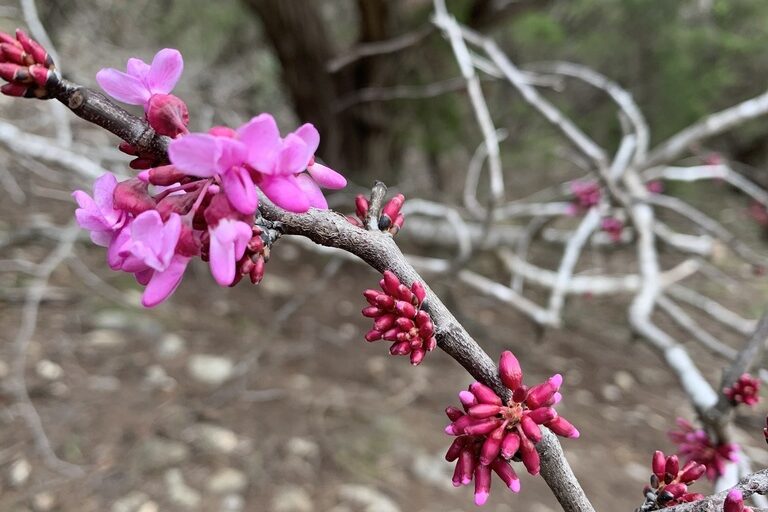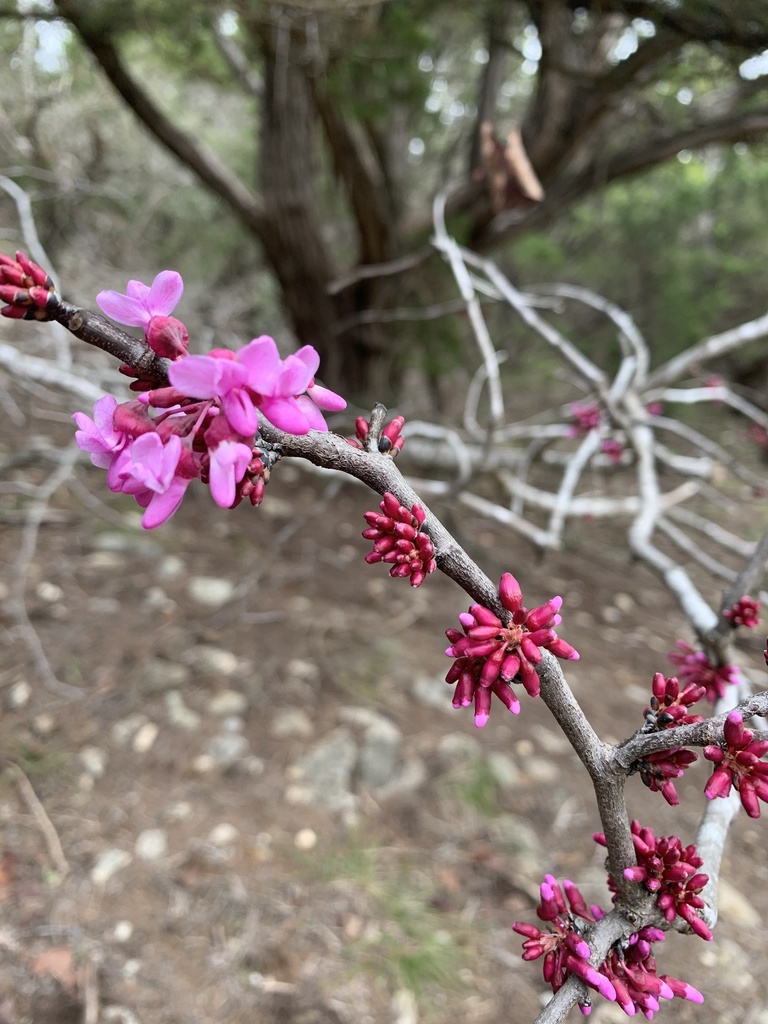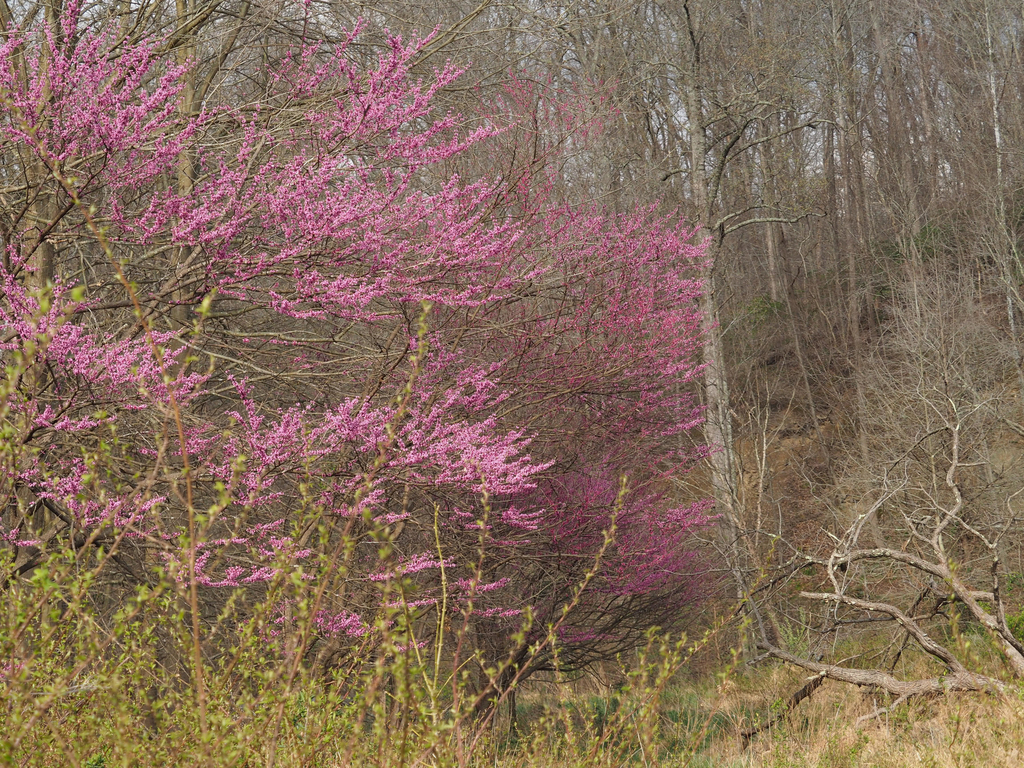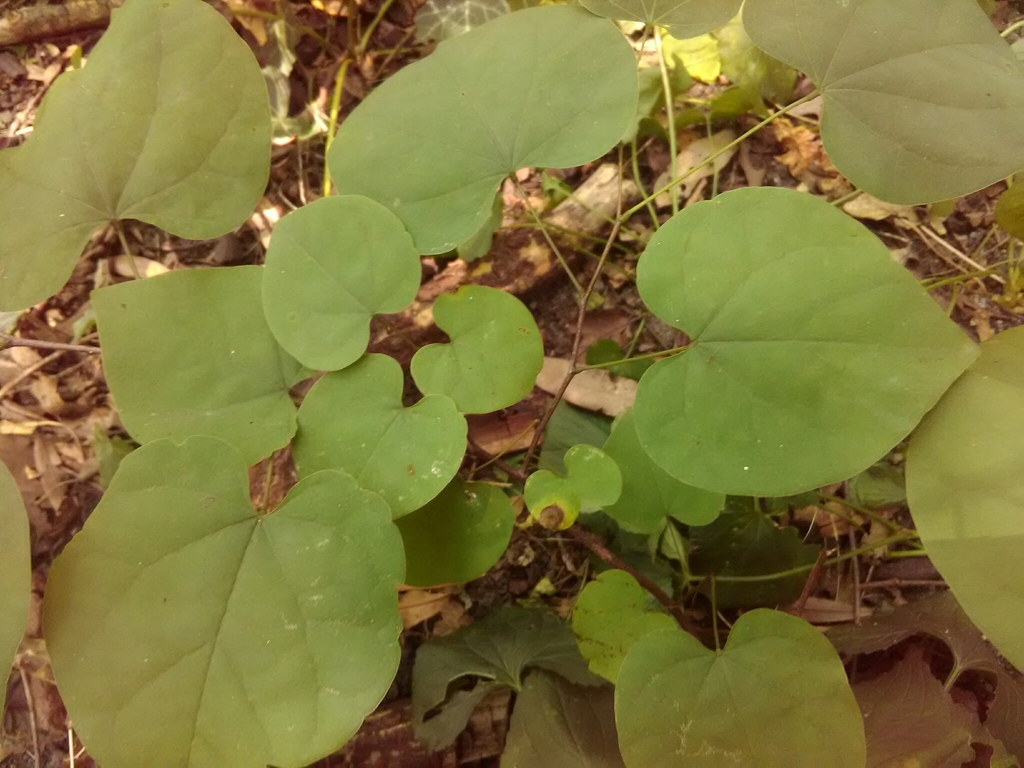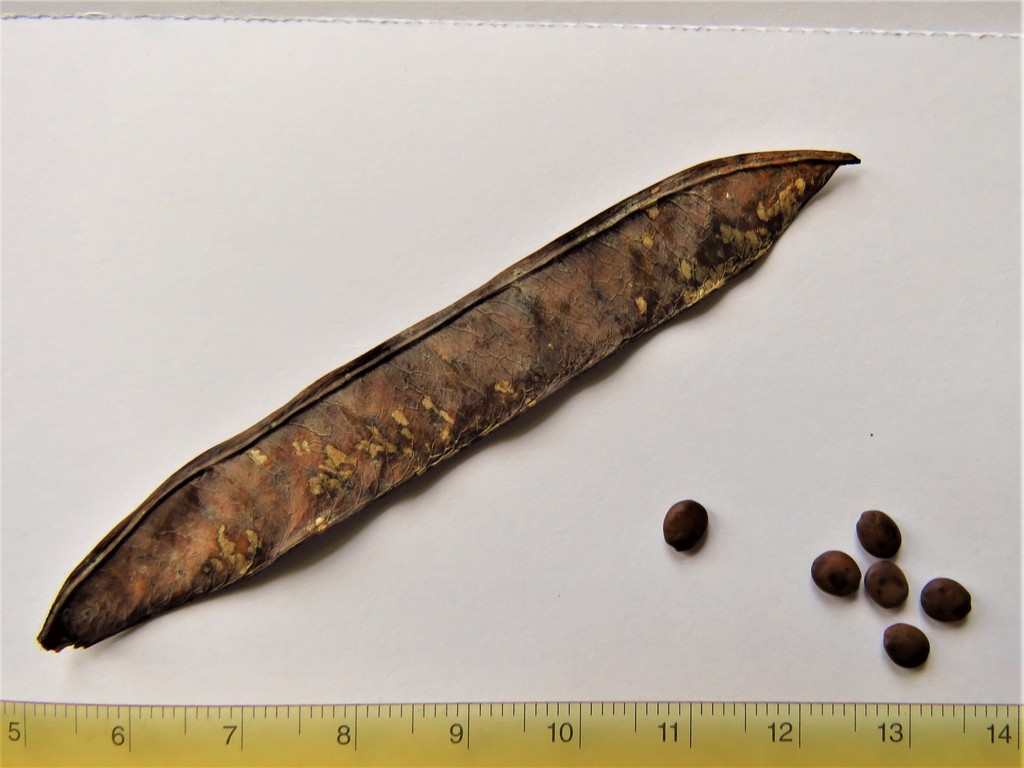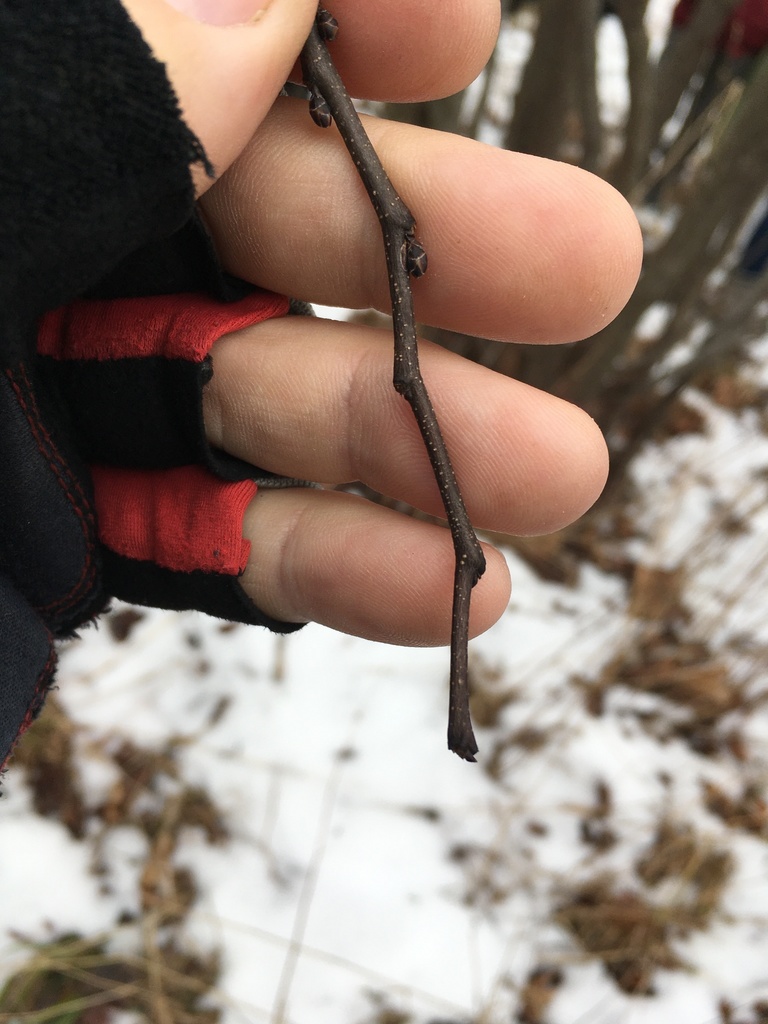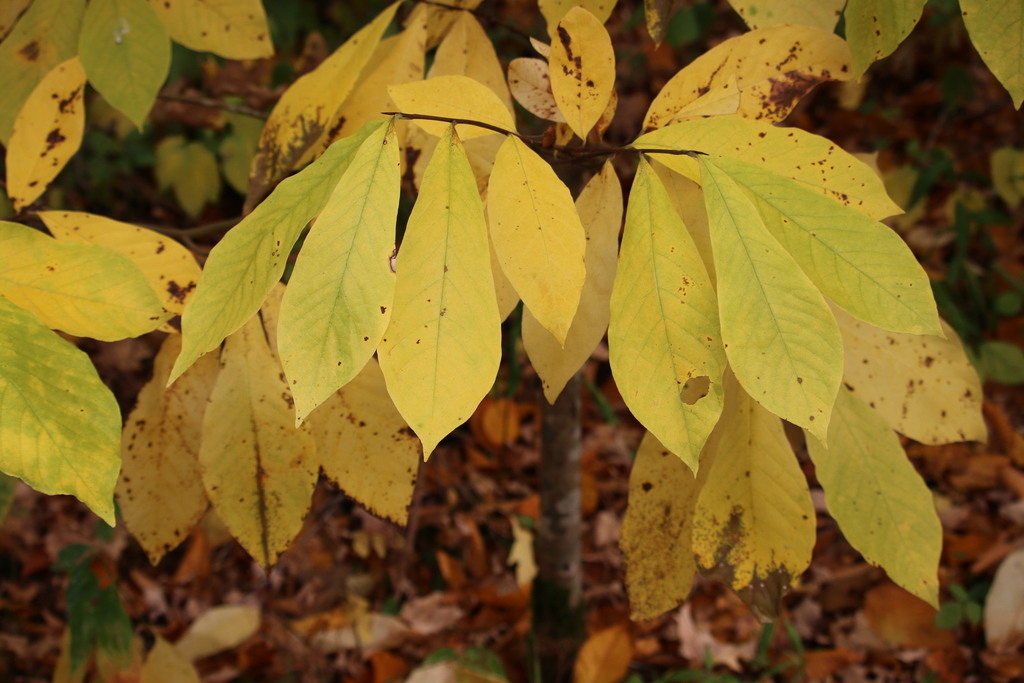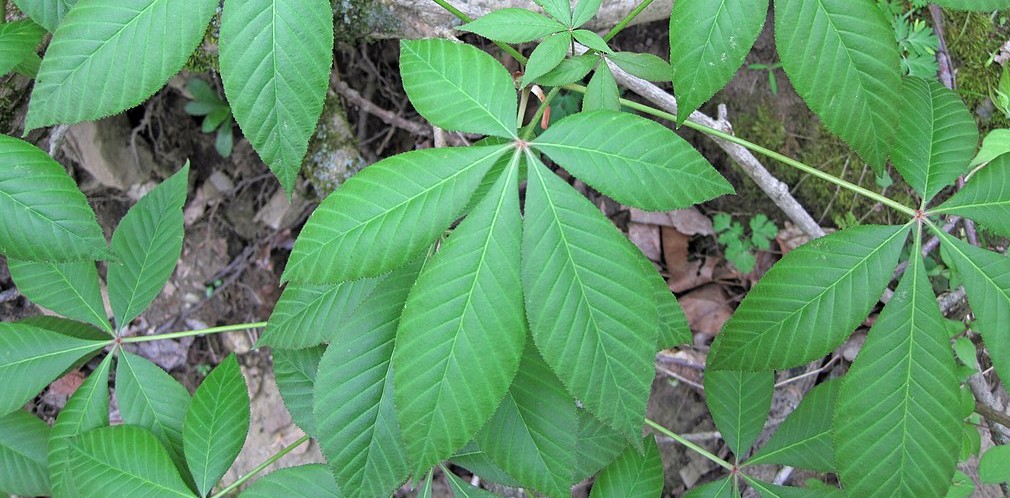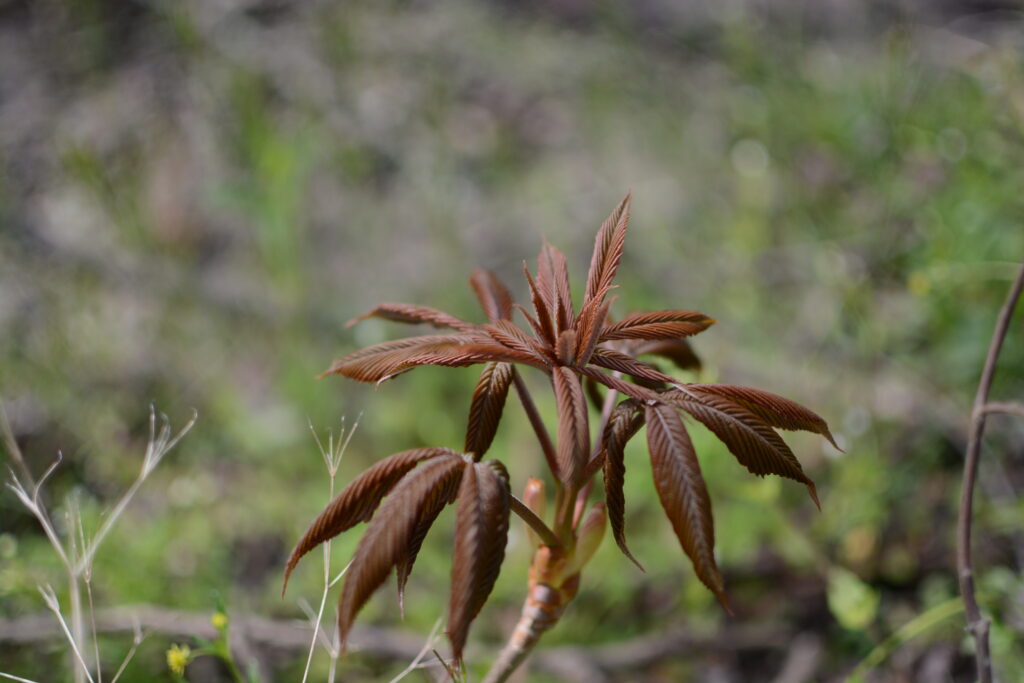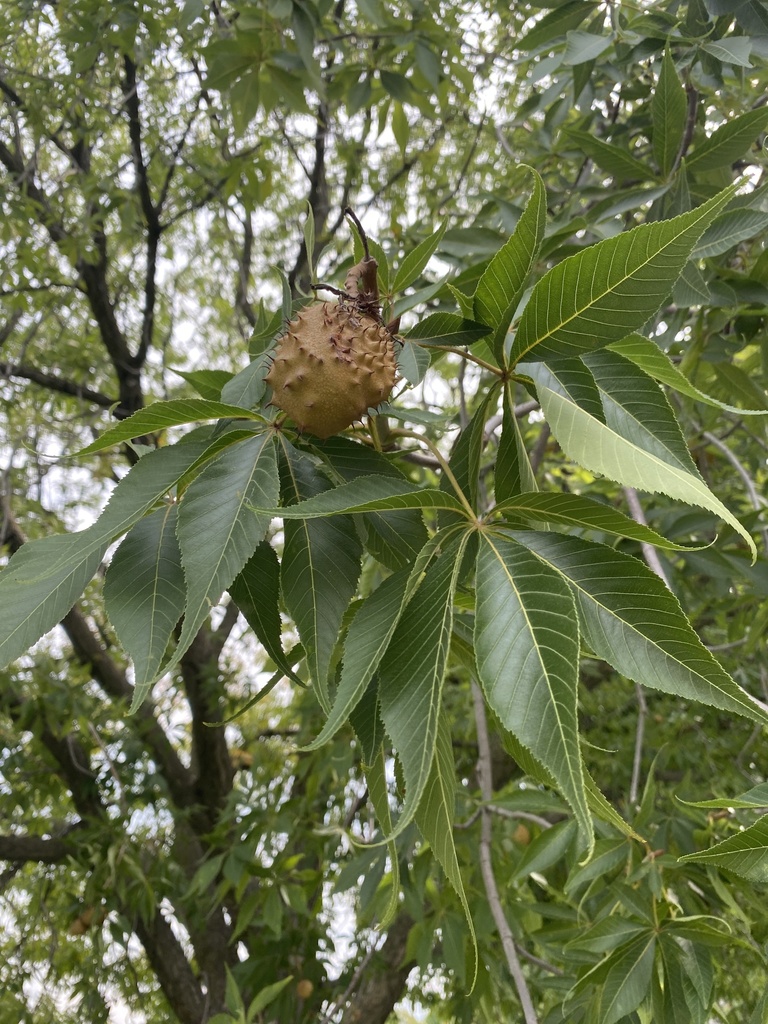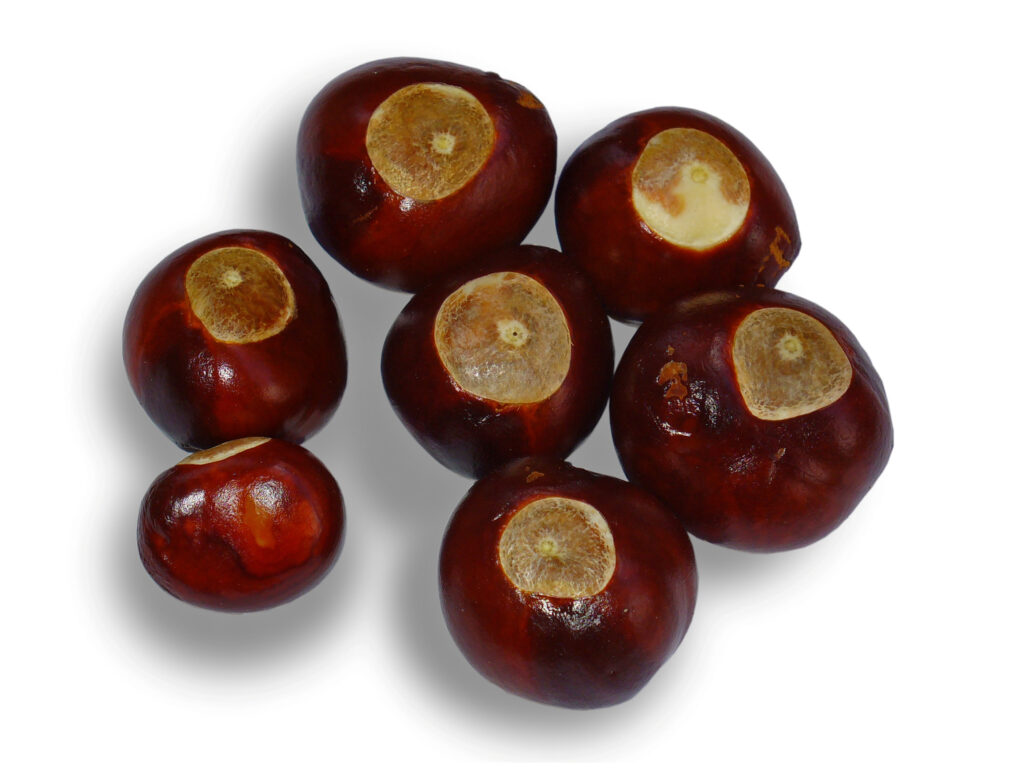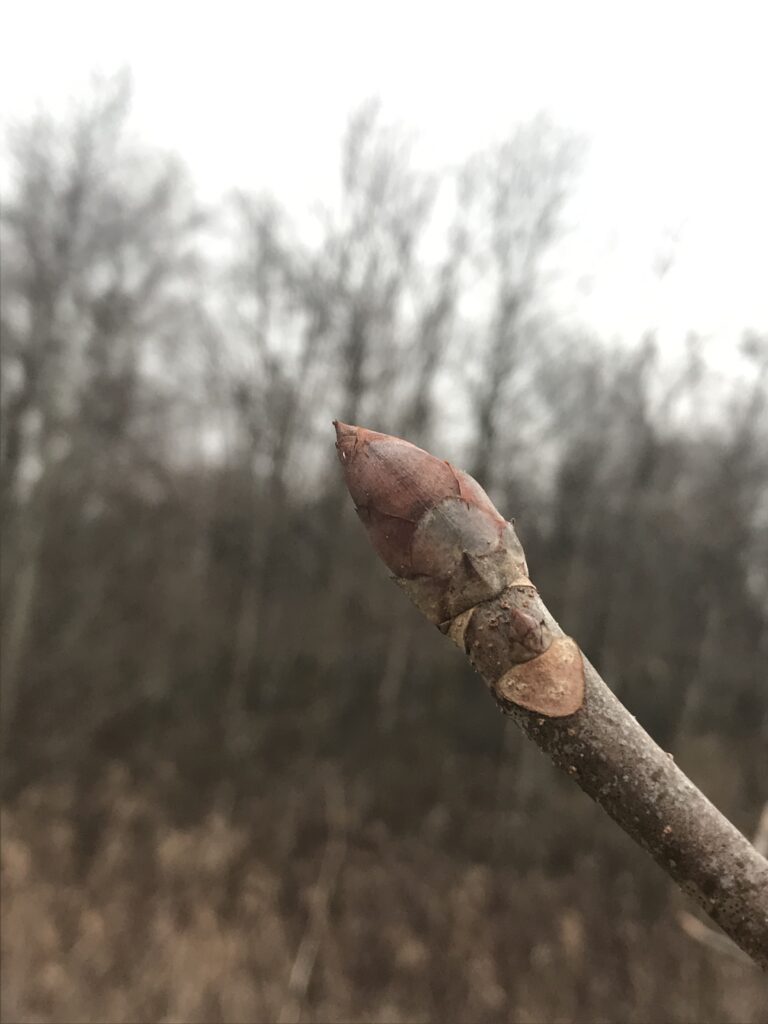Tree Sale Highlight: Red Osier Dogwood
Leave a Commentby Carrie Brown, Engineering Technician
Our 2021 Seedling Tree Sale has finally arrived! Additional information on this year’s selection and details on ordering can be found on our website.
Join us weekly as we highlight this year’s available tree species.
Red Osier Dogwood
This week’s 2021 Tree Sale highlight is the Red Osier Dogwood. Though it tends to be a bit of an underdog, this beautiful red-stemmed shrub has a boatload of functionality. As a Soil and Water Conservation District, we advocate for this species often, as it is at the top of its class at stabilizing soil and preventing erosion. This is especially true along streambanks.
Red Osier Dogwood is one tough cookie. This species can take a beating and keep on going. Once established, it can be inundated along a stream edge and live to tell its story. It can be pruned hard for live fascines (more on that later!) and easily make a comeback the following spring. Talk about resiliency!
Additionally, due to the striking red color of its stems, red osier dogwood is often used as an ornamental to beautify landscapes.
Let’s take a closer look at this shrubby native that has found the sweet spot between durability and charm.
Planting Requirements
The red osier dogwood doesn’t mind getting its feet wet…in fact it prefers it! They grow best in soils that are saturated for at least a portion of the growing season. Therefore, they are often seen growing on the edges of lakes, ponds, within wetlands, and on streambanks. Red osier dogwoods are perfect for sites that are nitrogen-rich and shallowly inundated in the spring, only to dry out by late summer.
Mature Size
On average, the red osier dogwood grows to a height and width of approximately 10’. It has a fast growth rate, gaining more than 2’ a year in height.
Red osier dogwood benefits from a type of pruning called coppicing. This management method involves cutting all stems to approximately 2-3 inches from the base in late fall, after the shrub has shed its leaves. Following pruning, apply mulch and fertilizer around the base. Coppicing will stimulate the shrub to send up new stems, often with especially vivid burgundy color.
Wildlife Benefits
The fleshy white berries that ripen in late summer are favored by many bird species, including eastern bluebirds, cardinals, woodpeckers, and grosbeaks. Gamebirds such as bobwhite quail, ring-necked pheasants, and wild turkeys also benefit from red osier dogwood fruit.
The fruit and foliage are enjoyed by mammals too, including black bear, beaver, squirrels, and deer.
Phenology
Red osier dogwood typically begins leafing out in April. The bark, twigs, and leaves of the new growth are bright green in color.
White to cream-colored flower clusters appear from June to August, eventually developing to smooth, white berries that ripen in late summer.
Beginning in September, leaves turn from green to shades of red and purple and are eventually shed for the winter.
Bare, deep burgundy branches provide an interesting contrast with white snow and the drab browns of the off-season.
Functionality
Because of its dense growth nature, red osier dogwood can be used as a secondary plant in windbreaks. It is also an ideal species to use for streambank stabilization as live fascines.
Live fascines are long bundles of live woody vegetation (6-8 inches in diameter) buried in a streambank in shallow trenches placed parallel to the flow of the stream. These branches are harvested from adult red osier dogwoods – a great use of stems leftover from a fall coppicing session!
The plant bundles sprout in the spring and develop a root mass that will hold the soil in place and protect the streambank from erosion. This method is often coupled with a row of stone placed at the toe (bottom of the slope that supports the weight of the bank) of an eroding bank.
Below are photos from a streambank stabilization project that Fairfield SWCD designed for Lancaster City School District to address streambank erosion issues along Fetters Run.
Visit Fairfield SWCD to order your Red Osier Dogwood tree seedlings today! Seedlings can be purchased in sets of 5, 25, or 100 while supplies last. It is also offered individually as a 3′-4′ sapling.
Purchased trees from us in the past? If so, enter our Facebook “Show us your Trees” contest! Visit our Facebook Page for details.
Additional information can be found below:
National Tree Benefits Calculator
South Central Power: Plant the Right Tree in the Right Place

